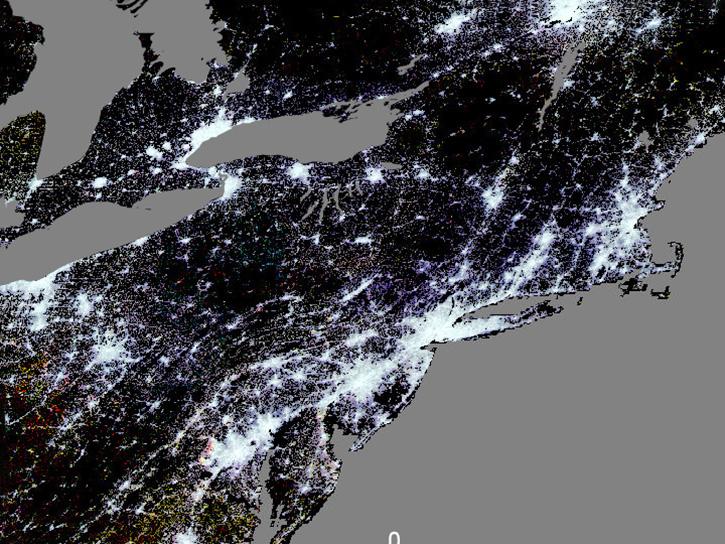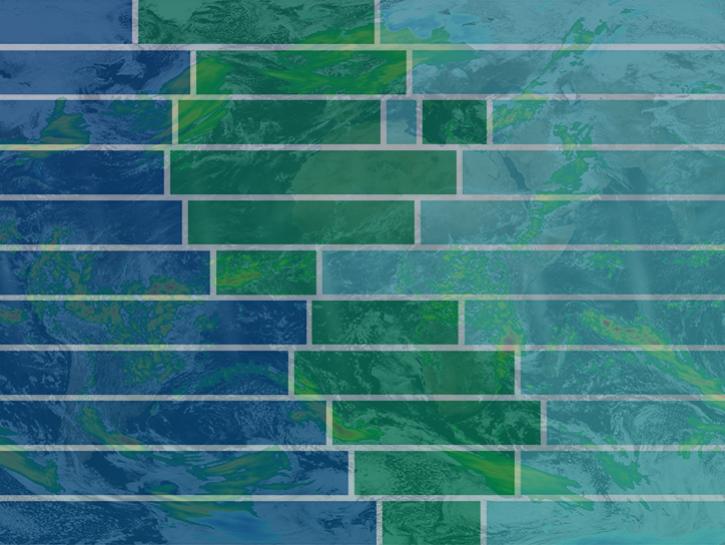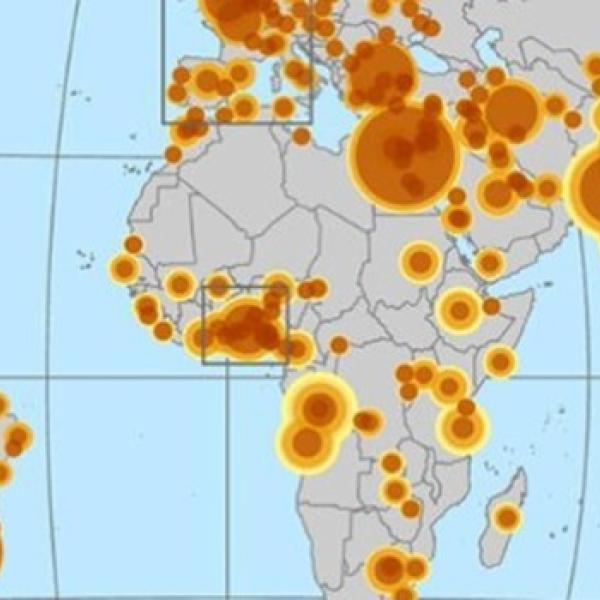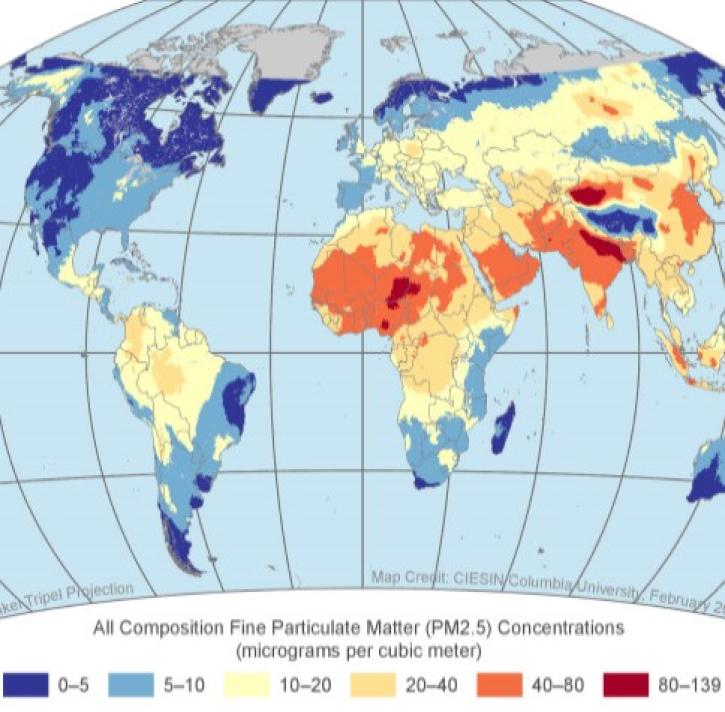Access a range of datasets and data tools to further your population research.
Across the world, the human population of places ranges from single residents in remote areas to more than 37 million people living together in the megacity of Tokyo. Within the human population, of course, is every race, culture, age, sex, nationality, level of wealth, education, and many other characteristics that can be used to define, group, and understand people.
Population characteristics data is important for discovering how people exist and influence the world and visa versa. The data is key to maintaining or improving their quality of life. Knowing where people are and who they are gives us fundamental knowledge of how they are affected by their location and what happens there. This can lead into understanding the socioeconomics of the population and why people live like they do. Population data is also used to explore how groups of people interact with and use their surrounding natural environment and resources for living, food production, working, and industry.
The natural environment exerts its powerful influence on populations. Severe weather, droughts, earthquakes and similar natural hazards can pose a great threat to populations in the areas where they occur. Armed with the facts of who and how many people are in harm's way empowers experts and decision-makers to make appropriate and effective plans to help them.
NASA has vast datasets offering a broad array of human populations measurements that can provide deep insight into how groups of people live on Earth and the ways they in turn influence life on the planet.
Learn How to Use Population Data



Join Our Community of NASA Data Users
While NASA data are openly available without restriction, an Earthdata Login is required to download data and to use some tools with full functionality.
Learn About the Benefits of Earthdata LoginFrequently Asked Questions
Earthdata Forum
Our online forum provides a space for users to browse thousands of FAQs about research needs, data, and data applications. You can also submit new questions for our experts to answer.
Submit Questions to Earthdata Forumand View Expert Responses